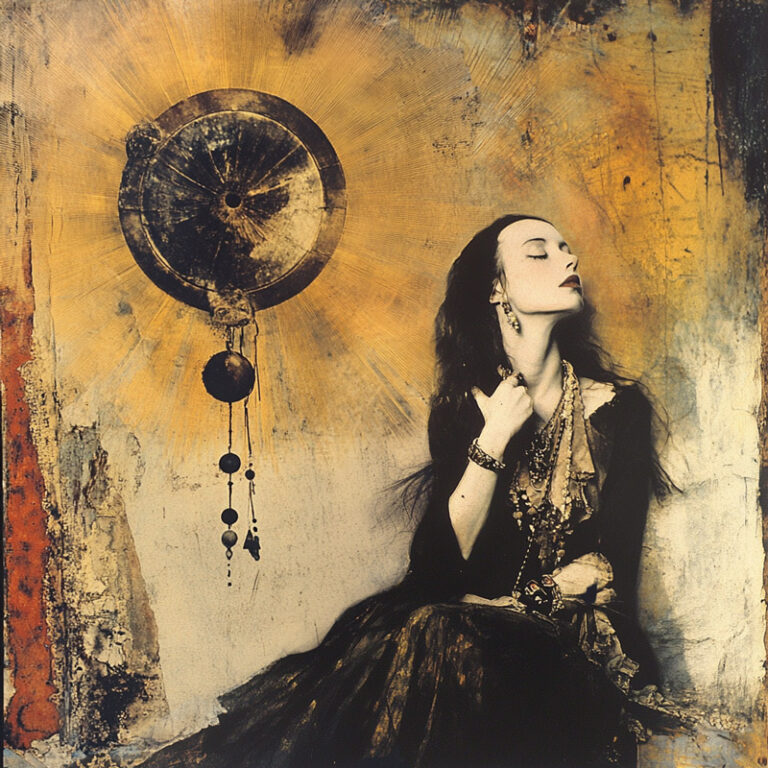
Medicine, the Heavens, and the Rhythm of Creation: A Reflection on Natural Astrology
For much of history, the study of the stars was not a mystical art, but a science. The same doctors who tended the sick and studied anatomy also charted the movements of the moon and planets. To a medieval physician, the heavens and the body were woven together in one great pattern of divine design. Understanding that pattern was seen as an act of reverence for the Creator, not a defiance of Him.
Doctors as Astrologers

In the great universities of the Middle Ages — Paris, Bologna, Oxford — medical students learned both astronomy and astrology. Astronomy meant the measurement and geometry of the heavens: how the moon moved, how eclipses worked, and how to calculate the calendar. Astrology meant understanding how those heavenly rhythms affected life on earth — weather, crops, tides, and the human body.
The body itself was believed to reflect the cosmos. Medieval manuscripts often show the “Zodiac Man,” a figure mapped from head to foot with the twelve signs: Aries ruling the head, Taurus the neck, Leo the heart, Pisces the feet.
The moon’s monthly journey through those signs guided physicians in their timing of treatments. They believed that when the moon was passing through the sign that governed a particular part of the body, that area was more “sensitive” — so operations or bloodletting were best avoided then.
This was not superstition to them, but science — an attempt to work with the rhythms of nature rather than against them. Their calendars of moon phases and star signs were tools for health, just as stethoscopes are today.
Zodiac Man combined with Phlebotomy Man, showing when and where bloodletting should be done. From John Foxton’s Liber Cosmographiae, 1408.
The Moon and Natural Order
The moon, especially, held a special place in medicine. Its phases were believed to influence the body’s fluids, just as they affect the tides. Physicians used lunary calendars to note critical days in illness and recovery. Even Christian scholars such as Thomas Aquinas accepted that the heavens could influence natural things — the weather, the seasons, even the body’s temperament — while insisting that the stars could not govern the human soul or will.
In this way, medieval “astrology” was not fortune-telling but a form of natural philosophy — a study of creation’s order under God.
Faith, Science, and Symbolism
As a recently reverted Catholic, I find this historical perspective deeply moving. It reminds us that faith and science were never meant to be enemies. The medieval doctor looked at the stars and saw not powers to be feared, but a language through which God revealed His order and harmony.
My own interest in the moon and zodiac follows that same path — not divination, but contemplation. I no longer write “forecasts” or predictions. Instead, I use the moon’s cycles as opportunities for reflection on health, rhythm, and balance. The full moon and new moon are natural markers in time: moments to pause, breathe, and notice how creation itself moves in cycles of light and rest.
Going Forward: The Moon as a Teacher of Balance
For the 2026 moon reports, I will focus on what I call natural astrology — observing the relationships between the heavens and the natural world, without assigning them power over fate. Each full moon will become a reflection on life’s rhythm: when to slow down, when to act, when to rest, when to create.
I’ll also share the history behind how ancient and medieval healers used lunar timing — not as medical advice, but as insight into how people once tried to live in harmony with the natural world. My hope is to connect science, spirituality, and history: to show how the moon’s light can guide awareness, not prediction.
Psalm 19 proclaims, “The heavens declare the glory of God; the skies proclaim the work of His hands.” That verse captures the essence of this work. The moon and stars are not omens, but reflections of life’s natural rhythms and of our bodies’ deep connection to the elements. They remind us that we belong to the wonder of the natural world even as we reach toward the divine.



